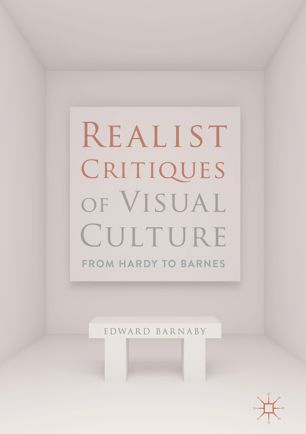

Most ebook files are in PDF format, so you can easily read them using various software such as Foxit Reader or directly on the Google Chrome browser.
Some ebook files are released by publishers in other formats such as .awz, .mobi, .epub, .fb2, etc. You may need to install specific software to read these formats on mobile/PC, such as Calibre.
Please read the tutorial at this link: https://ebookbell.com/faq
We offer FREE conversion to the popular formats you request; however, this may take some time. Therefore, right after payment, please email us, and we will try to provide the service as quickly as possible.
For some exceptional file formats or broken links (if any), please refrain from opening any disputes. Instead, email us first, and we will try to assist within a maximum of 6 hours.
EbookBell Team

4.4
92 reviewsHave industrial-age technologies and visual discourses transformed us into spectators of the real, and can realist fiction make that transformation visible to us? This book brings Situationist Guy Debord’s Society of the Spectacle and an array of cultural criticism into dialogue with novels by Hardy, Forster, Woolf, Rushdie, Carey and Barnes to foreground literary realism’s critique of visual culture, including Gothic architectural revival, neoclassicism, tourism, historical pageantry, postcolonial cinema and photography, museums, preservationism, urbanism and artisanal neo-folk movements. Barnaby advances the concept of meta-spectacle to distinguish realist fiction that engages ethically with visual discourses from realist-ic fiction that reproduces the visible veneer of reality for aesthetic consumption. He highlights the limitations of artistic critiques of spectacle, considers their resilience toward a culture industry that continuously repackages iconoclasm as iconicity, and reflects upon the process of reorienting the reader to comprehend realist gestures. By heightening the capacity to recognize our own immersion within objectified representations of the real, Realist Critiques of Visual Culture demonstrates how literary realism remains vital within a society that is so deeply invested in visually replicating and archiving lived experience.